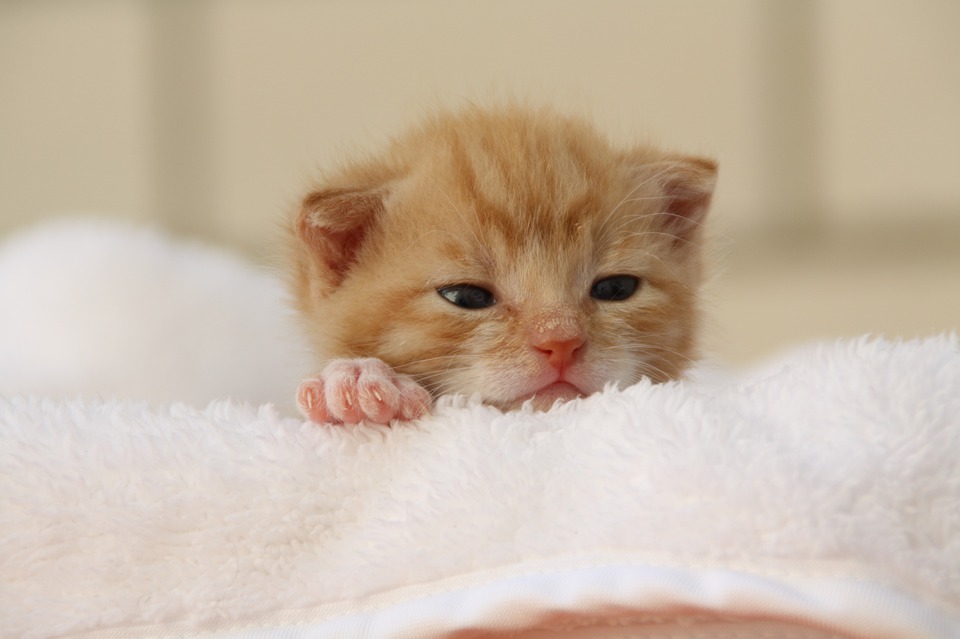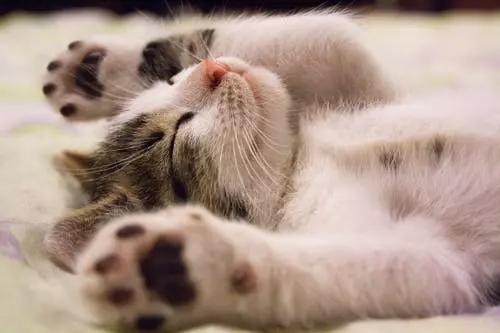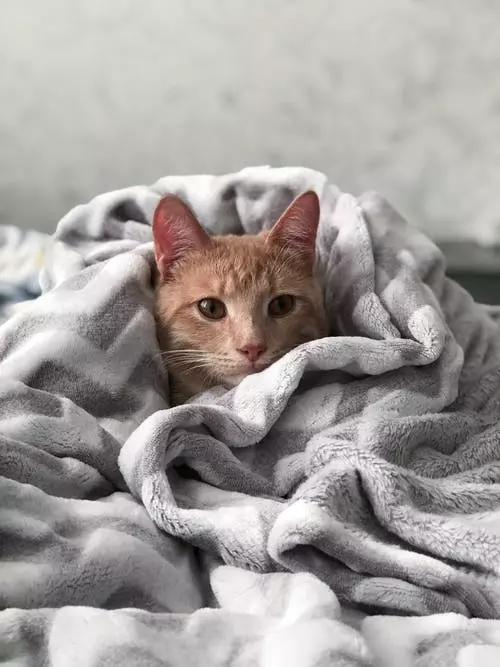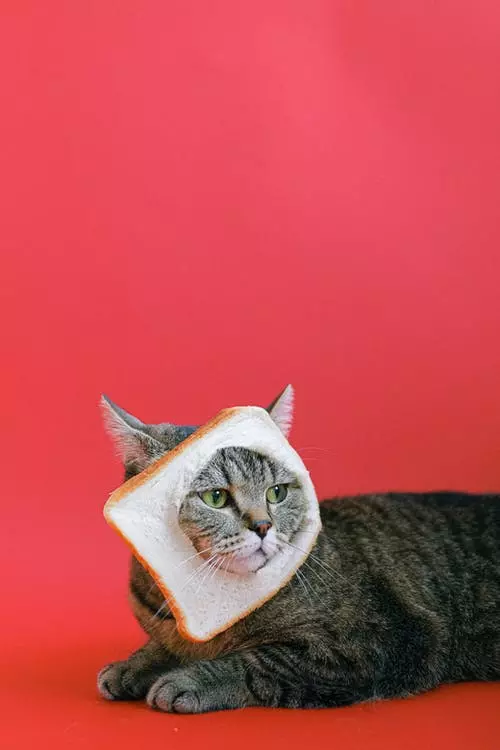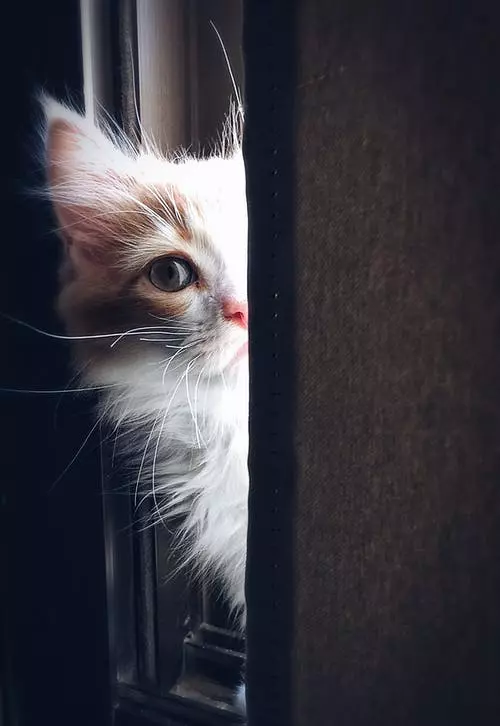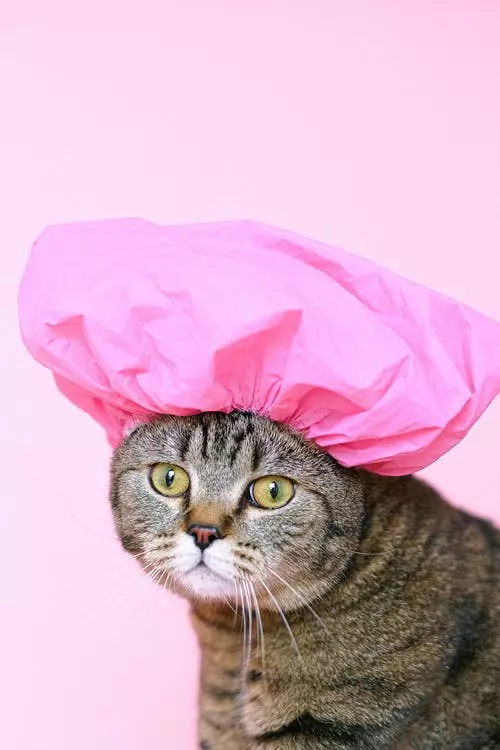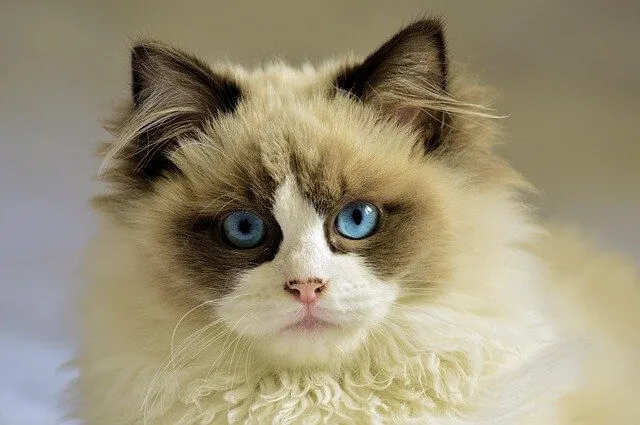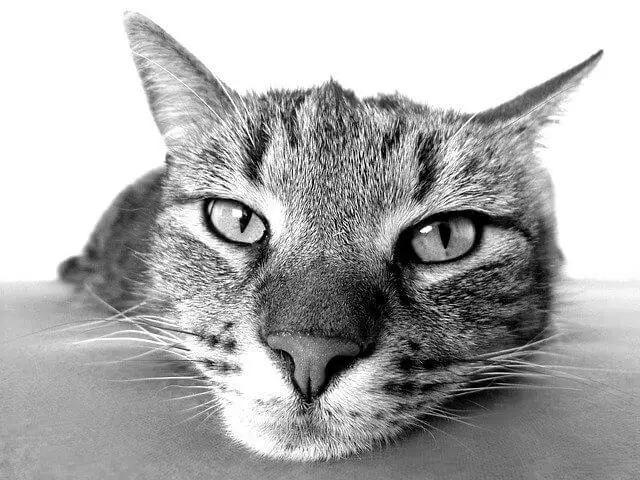Excessive grooming in cats can be a concerning behavior for many pet owners. Understanding the psychology behind this behavior is crucial in order to address the underlying causes and find effective solutions. In this article, we will delve into the reasons behind excessive grooming and offer strategies to manage and prevent it.
Excessive grooming, also known as over-grooming or psychogenic alopecia, refers to the compulsive behavior where a cat excessively licks, chews, or bites its fur, leading to hair loss and potential skin irritation. While grooming is a natural behavior for cats, excessive grooming can be indicative of underlying psychological or medical issues.
One of the common causes of excessive grooming in cats is stress and anxiety. Cats are highly sensitive creatures, and changes in their environment, such as moving to a new home or the introduction of a new pet, can trigger stress-related grooming. It is important to create a calm and stress-free environment for your cat to help alleviate this behavior.
Allergies and skin conditions can also lead to excessive grooming. Skin allergies, flea infestations, or other skin conditions can cause itching and discomfort, driving cats to excessively groom in an attempt to relieve the irritation. Identifying and addressing these underlying medical issues is crucial to resolving excessive grooming.
Boredom or lack of stimulation is another reason cats may engage in excessive grooming. Cats are natural hunters and need mental and physical stimulation. When deprived of these stimuli, they may resort to excessive grooming as a means of self-soothing or to alleviate boredom. Providing interactive toys, vertical spaces, and engaging your cat in play sessions can help combat boredom and reduce excessive grooming.
Compulsive behavior disorders, such as obsessive-compulsive disorder (OCD), can also lead to excessive grooming in cats. These disorders often require professional intervention to manage effectively. Consulting with a professional animal behaviorist or veterinarian who specializes in feline behavior can help develop a behavior modification plan to address these issues.
To manage and prevent excessive grooming, it is important to start with a veterinary examination to rule out any underlying medical conditions. Once any medical issues are addressed, stress reduction techniques can be implemented. Creating a calm and stress-free environment for your cat, providing hiding spots, vertical spaces, and interactive toys can help reduce anxiety and provide mental stimulation.
Environmental enrichment is also important in managing excessive grooming. Engaging your cat in play sessions and interactive games can combat boredom. Puzzle feeders, scratching posts, and rotating toys can keep your feline friend mentally and physically stimulated.
If excessive grooming persists, consulting with a professional animal behaviorist or veterinarian who specializes in feline behavior is recommended. They can help develop a behavior modification plan tailored to your cat’s specific needs. Techniques such as desensitization, counter-conditioning, and pheromone therapy may prove useful in managing excessive grooming.
In conclusion, understanding the psychology behind excessive grooming in cats is key to finding effective solutions. By addressing underlying medical conditions, providing a stress-free environment, appropriate stimulation, and seeking professional guidance when needed, you can support your cat through their grooming challenges and help them lead a happy and healthy life.

